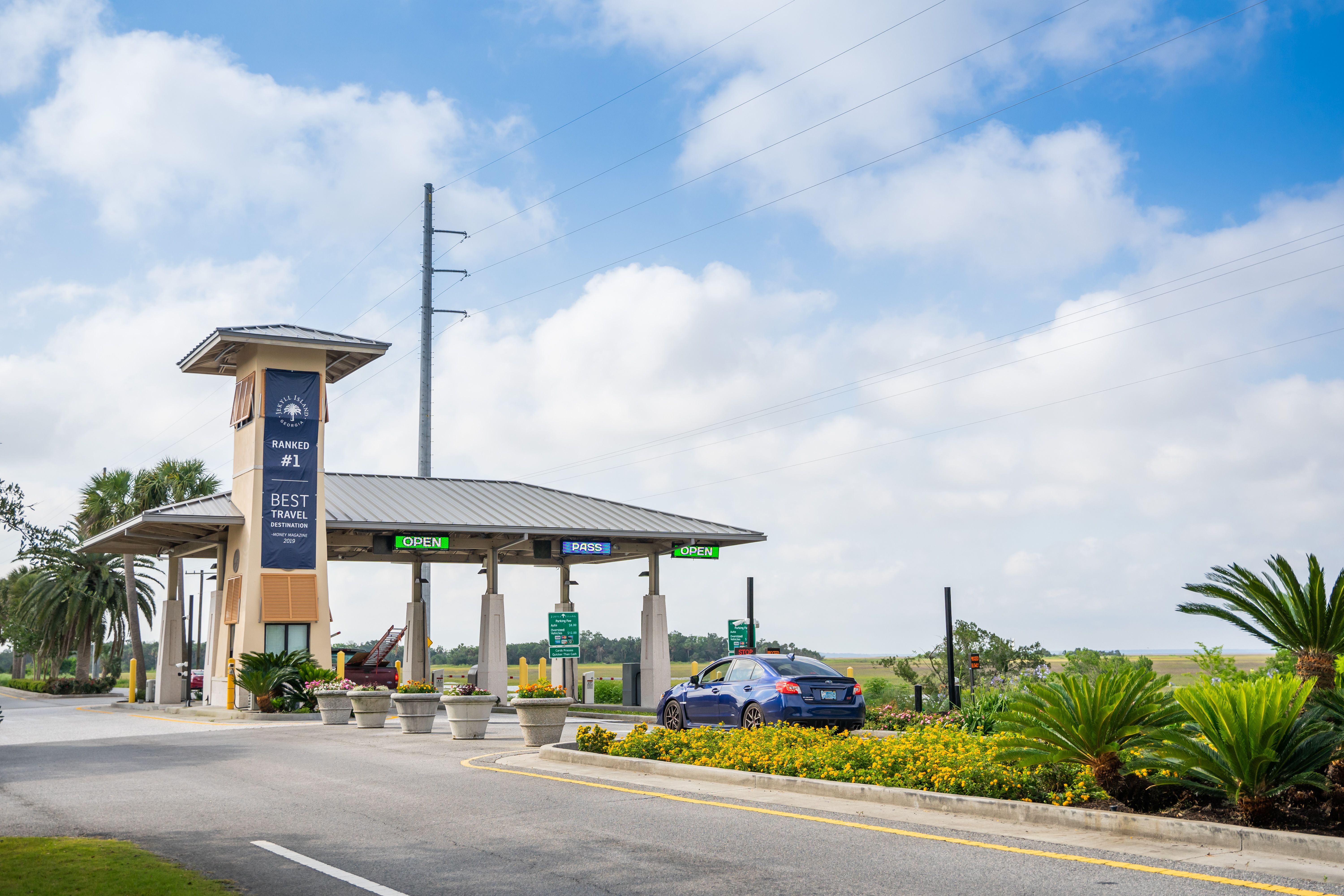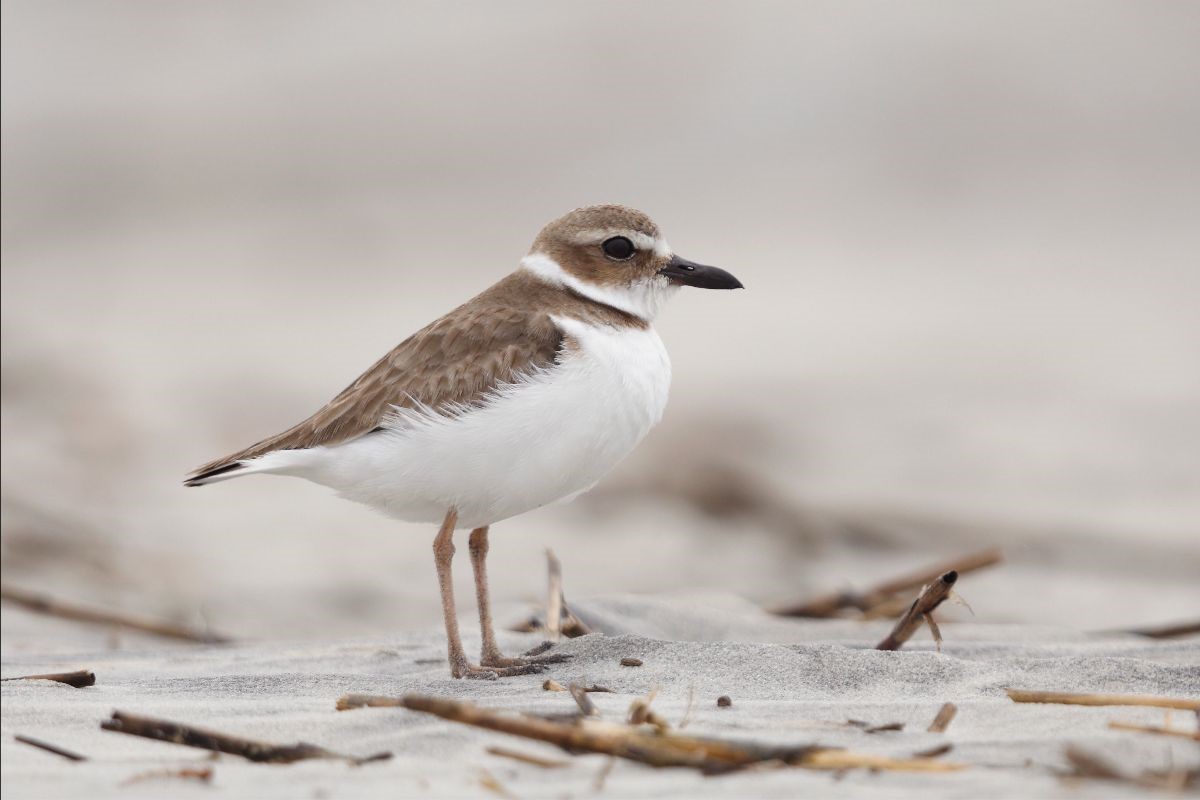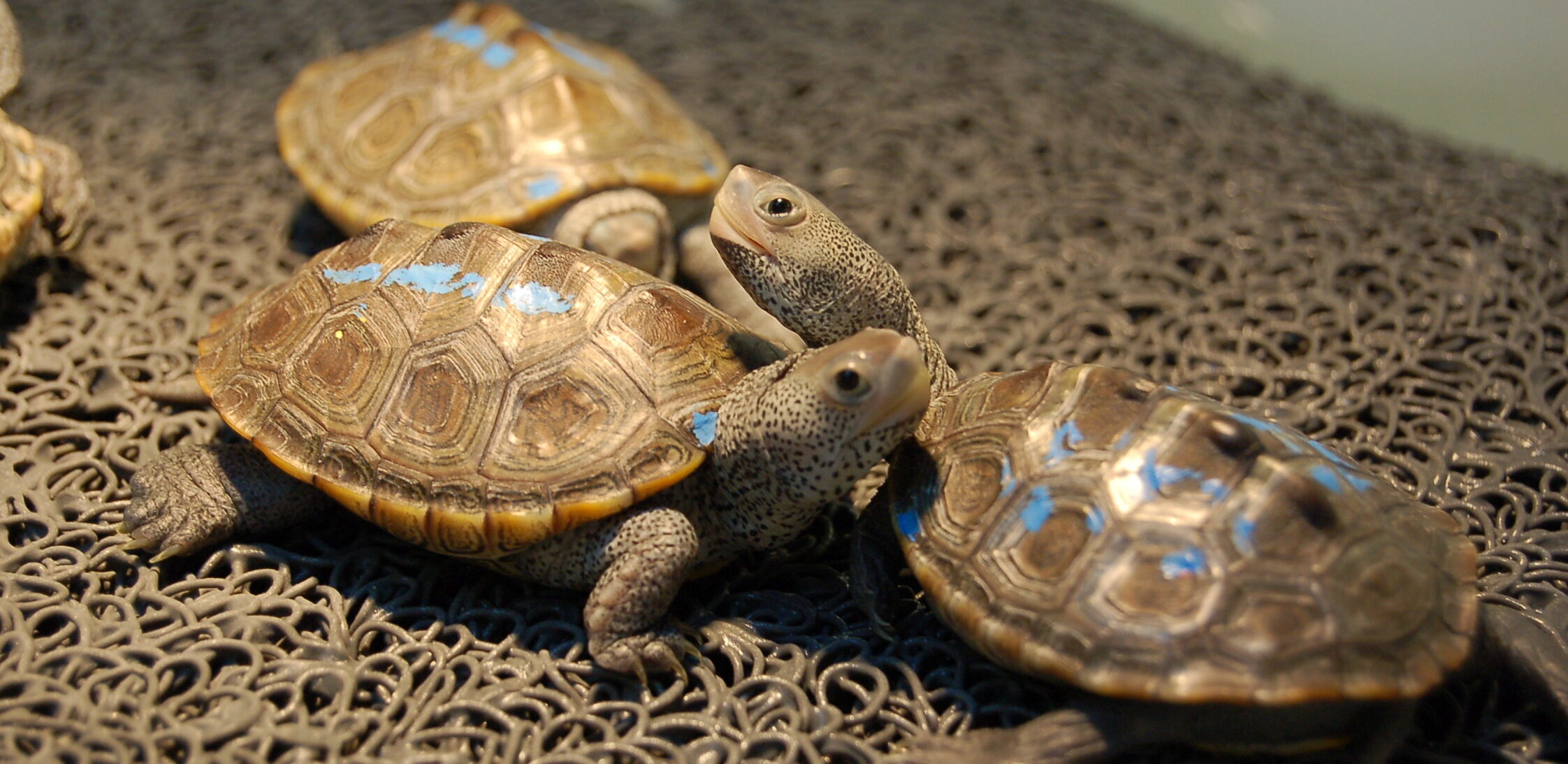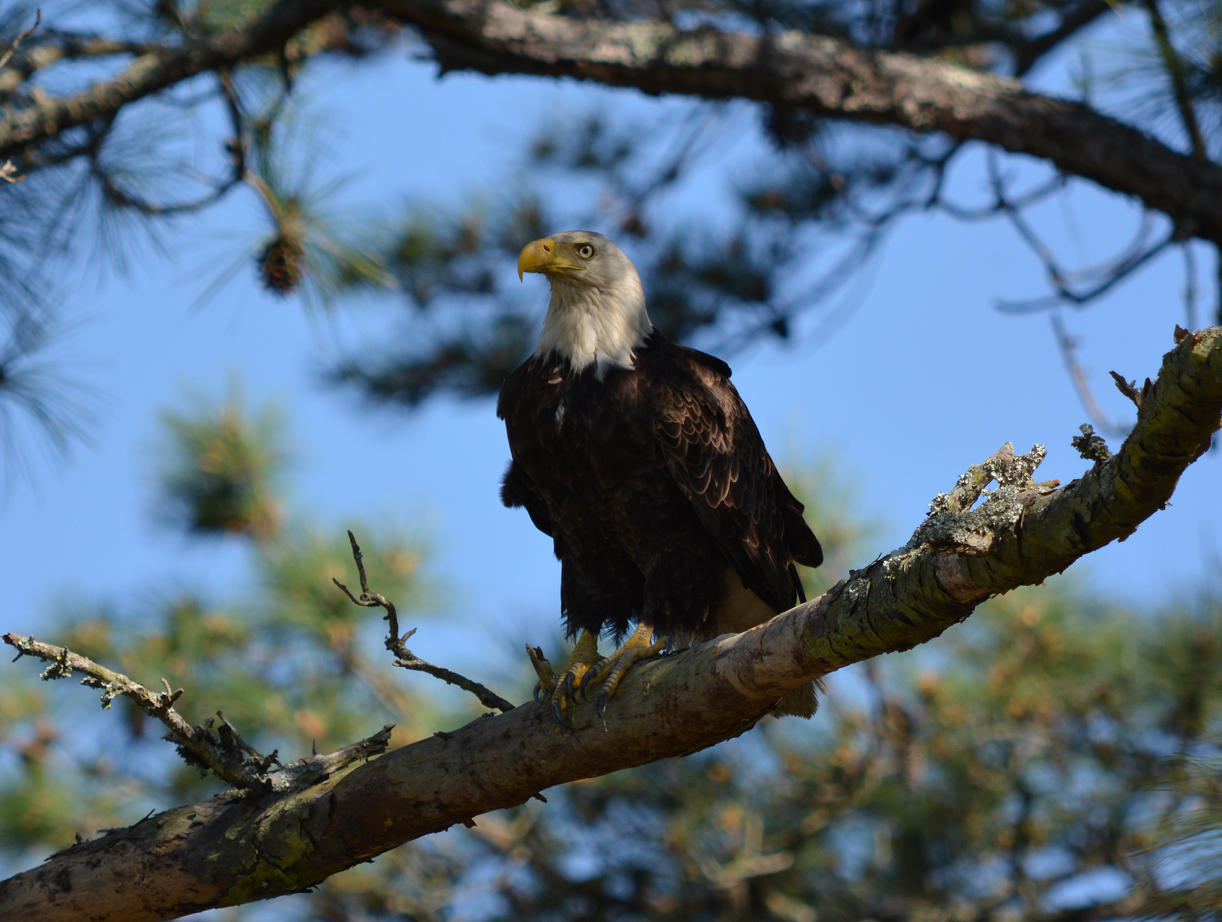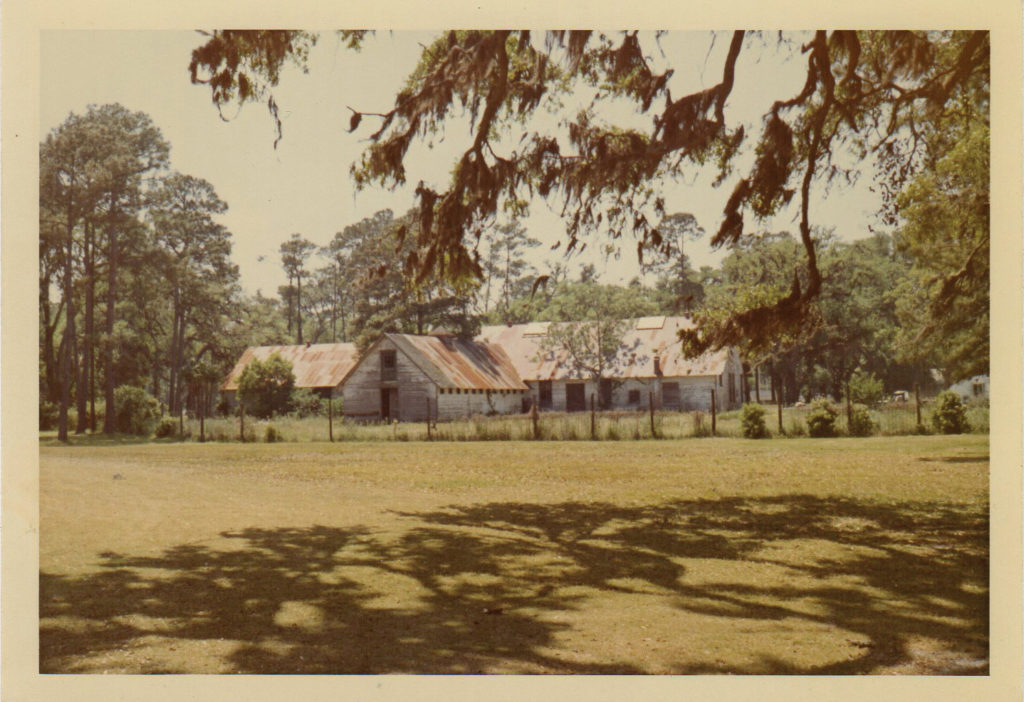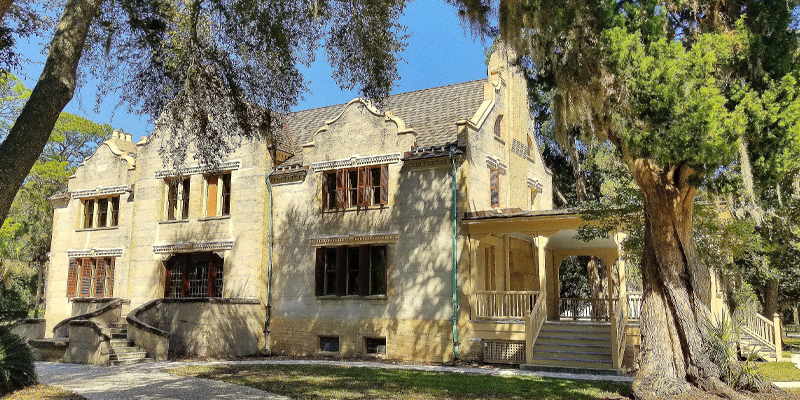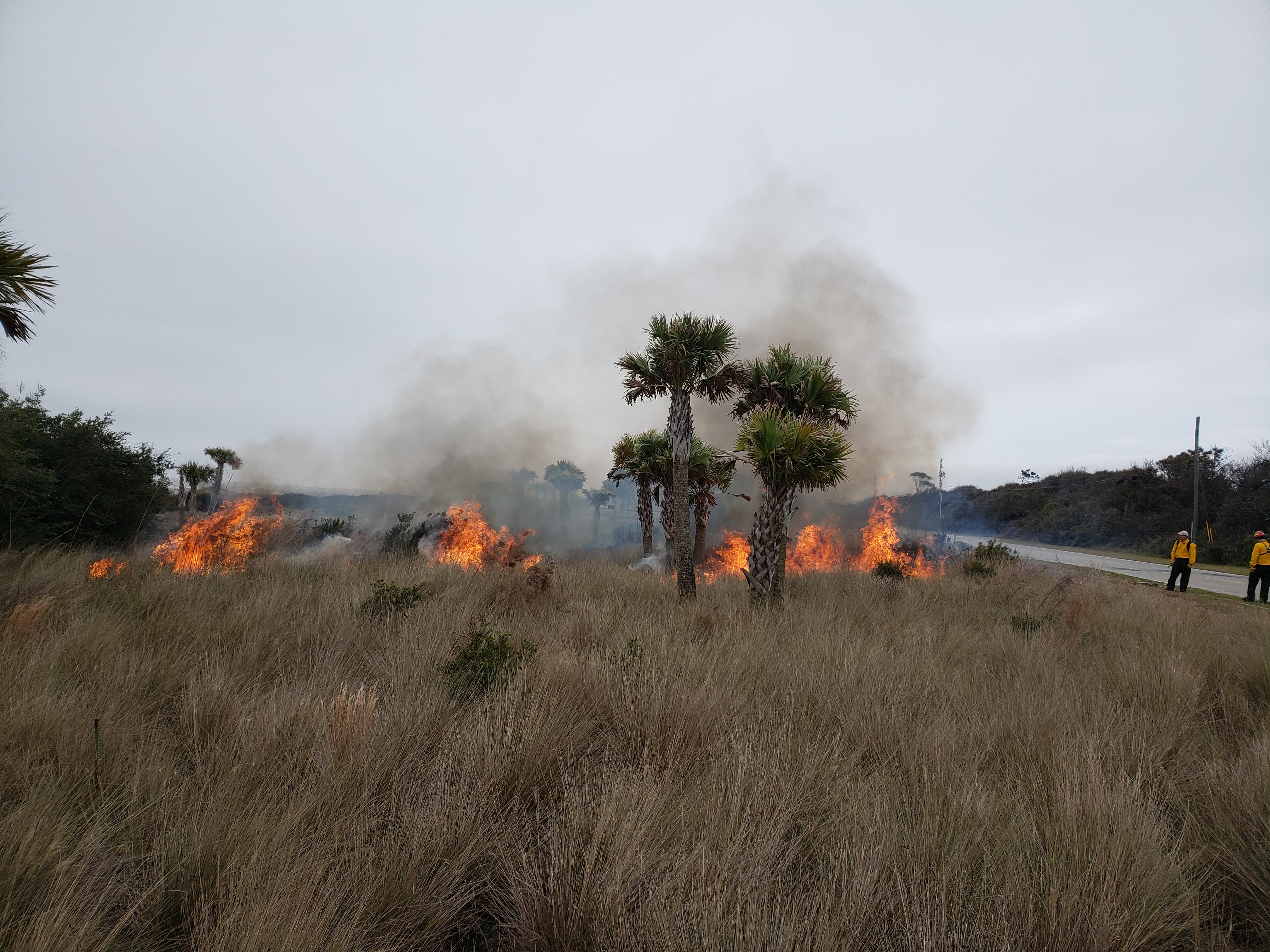By Alexa Orndoff
JIA Director of Marketing & Communications
With nearly two years of evaluating and planning, alongside intensive testing and quality assurance phases, a new gate entry system is now in operation on Jekyll Island. Featuring intuitive touch screens and informative visual displays, the system is designed to make trips onto the island more efficient and convenient for visitors, residents, employees of island businesses, and service providers. In addition to the new technology deployed at the entry gates, an enhanced online portal has been launched to improve the process for annual pass purchases and renewals and allow for single or multi-day passes to be purchased in advance of arrival.
“People frequently tell us they feel a sense of calm when they turn onto the causeway, knowing they will soon be on Jekyll Island,” said Jerod Myers, Guest Information Center Manager. “In that spirit, the new system is designed to be even more user-friendly and predictable for everyone, whether they are coming for a visit or coming home.”
Overhead digital display screens offer advisory messages based on gate traffic, including identifying which lane is designated for annual pass members. Additional displays located in the causeway median prompt when drivers should stop or proceed, maintaining ideal spacing between vehicles and ensuring traffic approaching the gates flows smoothly. Durable foam gate arms with faster response times also reduced delays for motorists entering the island.
Using improved payment kiosks, guests can tailor multi-day purchases that fit their travel plans. License plate recognition cameras identify vehicles for which annual passes have been purchased, eliminating the need for windshield-mounted decals or prox cards. The cameras will also serve additional security and safety operations.
With the new entry gate system fully operational, the Jekyll Island Authority can more accurately calculate the number of vehicles on the island, providing valuable information that can be used in planning and allocation of island resources. The need for better entry gate data collection was identified in the Jekyll Island Carrying Capacity and Infrastructure Study. Completed in 2018, it is used to determine the number of people, vehicles, and development that the island can accommodate while still maintaining its unique character.
